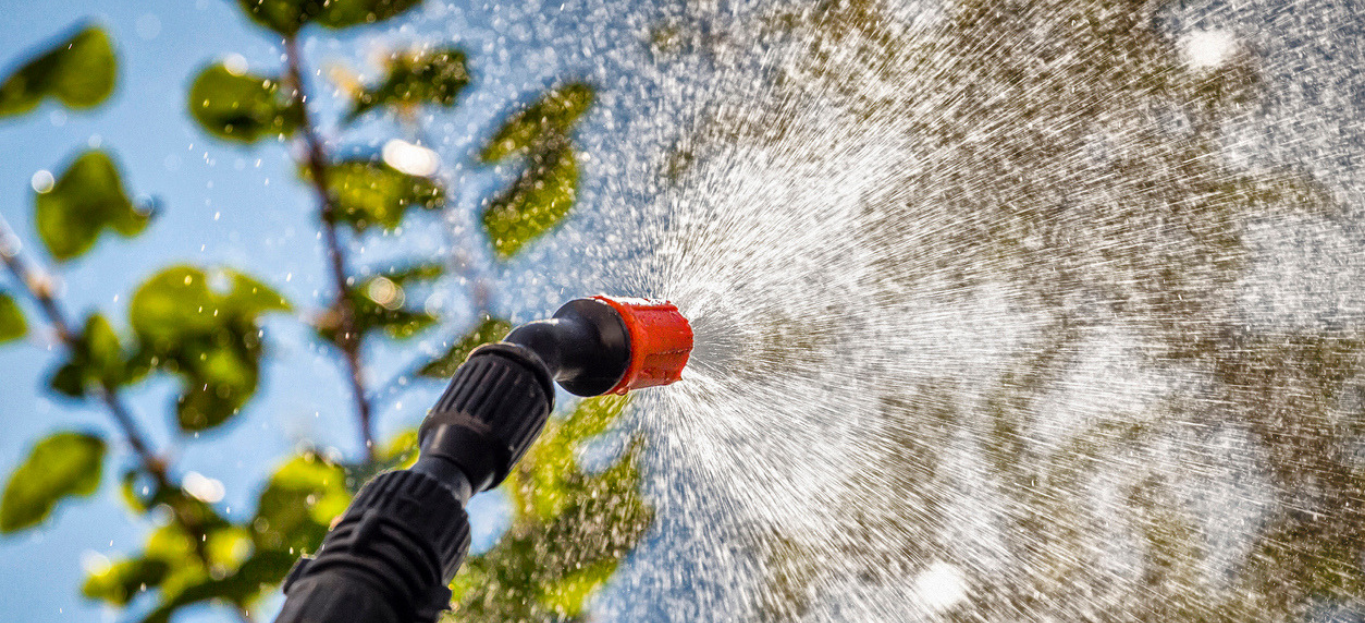Nurse, Scalpel: A Five-Point Guide to Transplanting Trees and Saplings
Trees are adaptable, but they’re still prone to illness and ailment under stressful conditions. Transplanting, unfortunately, definitely numbers among the most stressful conditions in life. After all, think about how you feel when you have to move, and your roots aren’t even getting ripped out of the ground. So, yeah … trees don’t like it.
That doesn’t mean they won’t come through a transplant just fine, as long as you know what you’re doing.
So what are the best practices to ensure the tree remains safe and happy? Let’s take a look.
1. Know Your Tree’s Preferences
A sycamore is different from a live oak, which is different from a cypress, and so on. Each of these trees exhibits different leaf types, growth patterns, and site preferences. If you don’t know what they are, there’s a good chance you’ll move your tree to the wrong place.
Accordingly, never move a tree before thoroughly researching its needs. That means taking into account water, light, nutrients, and more. You should also know its common pests (for instance, do deer like its bark, and will they have access to it?) to avoid leaving it vulnerable.
2. Ready the New Site
Dig the hole for the tree’s new home before you remove it from its current location. Make the tree wide enough to fit the entire root ball (see Step 4), and leave the excavated earth nearby to fill in immediately after planting.
3. Water the Day Before
Transplanting involves trauma, but you can reduce it by making the exit process gentler. To that end, water the tree thoroughly the day before. This will soften the ground and loosen the soil around the roots, which lessens the chance that the tree’s smaller capillary roots will get ripped off in the move.
4. Prune the Roots
You can’t move a tree’s entire root system, so you’ll have to prune it. Mark off a zone around the tree, giving 10-12 inches of root ball diameter for every inch of trunk. Then chop through the roots with a sharp spade or loppers when needed. Remove the tree, bury it in its new site, and water thoroughly again.
5. Get Help If You Need It
If your tree is bigger, or if you just don’t feel equipped to move it on your own, it’s time to call in the pros. Experienced arborists such as those here at Premier Tree Solutions can help you find the best site for your new or relocating tree. Whether it’s an emergency or a simple gardening goal, contact us today. We’re here for you!









